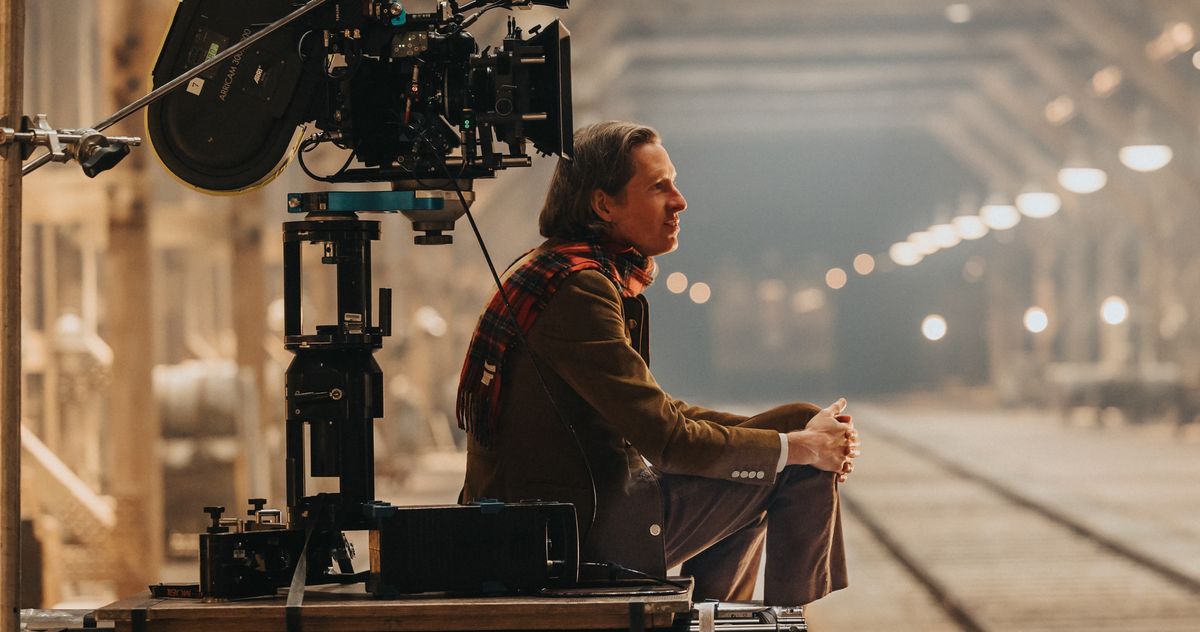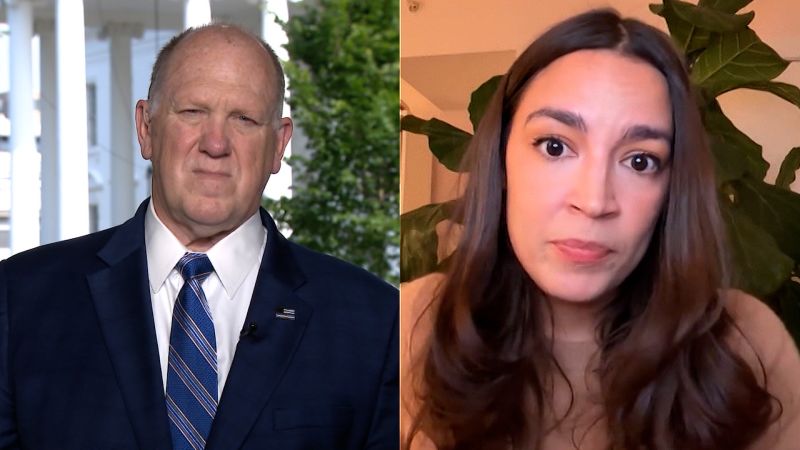The Shadowy Side Of Wes Anderson's Cinematic Universe

Welcome to your ultimate source for breaking news, trending updates, and in-depth stories from around the world. Whether it's politics, technology, entertainment, sports, or lifestyle, we bring you real-time updates that keep you informed and ahead of the curve.
Our team works tirelessly to ensure you never miss a moment. From the latest developments in global events to the most talked-about topics on social media, our news platform is designed to deliver accurate and timely information, all in one place.
Stay in the know and join thousands of readers who trust us for reliable, up-to-date content. Explore our expertly curated articles and dive deeper into the stories that matter to you. Visit Best Website now and be part of the conversation. Don't miss out on the headlines that shape our world!
Table of Contents
The Shadowy Side of Wes Anderson's Cinematic Universe: Beyond the Whimsy
Wes Anderson. The name conjures images of meticulously symmetrical shots, pastel palettes, and quirky, eccentric characters. His films are celebrated for their visual flair and offbeat humor, but beneath the surface of meticulously crafted whimsicality lies a darker, more complex undercurrent. This article delves into the shadowy side of Anderson's cinematic universe, exploring the themes of loss, loneliness, and the inherent fragility of human connection that often underpin his seemingly lighthearted narratives.
Beyond the Pastel Perfection: Themes of Isolation and Loss
While Anderson's films are undeniably visually stunning, their beauty often masks a profound sense of melancholy. Many of his protagonists grapple with feelings of isolation and alienation. Consider the dysfunctional families in The Royal Tenenbaums and Fantastic Mr. Fox, each character wrestling with personal demons and fractured relationships. Even the seemingly idyllic settings of his films – from the meticulously designed stop-motion landscapes of Fantastic Mr. Fox to the meticulously detailed sets of The Grand Budapest Hotel – often serve as a backdrop for profound emotional turmoil. This contrast between the aesthetic perfection and the emotional turmoil is a key element of Anderson's unique cinematic style, and one that often goes unexplored.
The Price of Eccentricity: Exploring Mental Health Undertones
The eccentric characters populating Anderson's films, while undeniably charming, often exhibit signs of emotional fragility and potentially undiagnosed mental health conditions. Their quirks, while presented with humor, often mask deeper anxieties and insecurities. This is particularly evident in films like The Darjeeling Limited, where three brothers embark on a spiritual journey of self-discovery, grappling with grief and unresolved family issues. The film subtly explores the complexities of familial relationships and the lingering impact of loss, themes often overlooked in discussions of Anderson's work. The characters' eccentric behaviors can be seen as coping mechanisms, highlighting the often-unseen struggles beneath the surface of their charming exteriors.
Hidden Agendas and Unresolved Conflicts: A Deeper Look at Narrative Structure
Anderson’s narratives often subtly hint at deeper, unresolved conflicts beneath the meticulously crafted surfaces. The seemingly whimsical plots frequently contain undercurrents of betrayal, ambition, and unspoken resentments. For example, the seemingly idyllic setting of Moonrise Kingdom conceals a narrative of rebellious youth, parental inadequacy, and the fleeting nature of childhood innocence. This juxtaposition between outward appearance and inner turmoil adds a layer of complexity to Anderson’s films, inviting viewers to engage with the subtext and unravel the hidden meanings.
Conclusion: Appreciating the Nuances
Wes Anderson's films are more than just visually stunning works of art. They are complex explorations of human nature, grappling with themes of loss, isolation, and the challenges of maintaining meaningful connections. By acknowledging the shadowy aspects of his cinematic universe, we gain a deeper appreciation for the artistry and emotional depth that truly define his work. His films reward repeated viewings, revealing new layers of meaning and subtly nuanced performances with each viewing. So, the next time you watch a Wes Anderson film, look beyond the pastel colors and symmetrical shots – there's a whole lot more to discover beneath the surface.
Further Exploration:
- [Link to an article analyzing the use of color in Wes Anderson films]
- [Link to a review of The French Dispatch]
- [Link to a documentary about the making of a Wes Anderson film]
This article naturally incorporates keywords such as "Wes Anderson," "cinematic universe," "shadowy side," "themes," "melancholy," "isolation," "mental health," "narrative structure," and related terms throughout, optimizing it for search engines while maintaining a conversational and engaging tone. The internal and external links provide additional resources for readers interested in further exploring the topic.

Thank you for visiting our website, your trusted source for the latest updates and in-depth coverage on The Shadowy Side Of Wes Anderson's Cinematic Universe. We're committed to keeping you informed with timely and accurate information to meet your curiosity and needs.
If you have any questions, suggestions, or feedback, we'd love to hear from you. Your insights are valuable to us and help us improve to serve you better. Feel free to reach out through our contact page.
Don't forget to bookmark our website and check back regularly for the latest headlines and trending topics. See you next time, and thank you for being part of our growing community!
Featured Posts
-
 Bobblehead Night Triumph Ohtanis Two Home Runs Power Angels To Victory
May 17, 2025
Bobblehead Night Triumph Ohtanis Two Home Runs Power Angels To Victory
May 17, 2025 -
 Mlb Roster Adjustment Dodgers Call Up Pitcher From Triple A Oklahoma City
May 17, 2025
Mlb Roster Adjustment Dodgers Call Up Pitcher From Triple A Oklahoma City
May 17, 2025 -
 Us Baby Name Trend King Tops Charts While Banned In New Zealand
May 17, 2025
Us Baby Name Trend King Tops Charts While Banned In New Zealand
May 17, 2025 -
 Cold Shooting Dooms Dallas 5 Post Game Thoughts From Stars Jets Game 5
May 17, 2025
Cold Shooting Dooms Dallas 5 Post Game Thoughts From Stars Jets Game 5
May 17, 2025 -
 Chris Brown Arrested And Charged Details Emerge From London Nightclub Incident
May 17, 2025
Chris Brown Arrested And Charged Details Emerge From London Nightclub Incident
May 17, 2025
Latest Posts
-
 Ethics Concerns Surround State Officials Rome Funded Trip
May 17, 2025
Ethics Concerns Surround State Officials Rome Funded Trip
May 17, 2025 -
 Benicio Del Toro And The Scheme Details Emerge About A Generous Surprise
May 17, 2025
Benicio Del Toro And The Scheme Details Emerge About A Generous Surprise
May 17, 2025 -
 Can Trump And Putin Unlock Peace In Ukraine Us Urges Their Participation In Talks
May 17, 2025
Can Trump And Putin Unlock Peace In Ukraine Us Urges Their Participation In Talks
May 17, 2025 -
 Tensions Rise Aoc Vs Trumps Border Czar On Immigration Policy Cnn
May 17, 2025
Tensions Rise Aoc Vs Trumps Border Czar On Immigration Policy Cnn
May 17, 2025 -
 Stanley Tucci Searching For Italy A Culinary Journey Through Italys Regions
May 17, 2025
Stanley Tucci Searching For Italy A Culinary Journey Through Italys Regions
May 17, 2025
